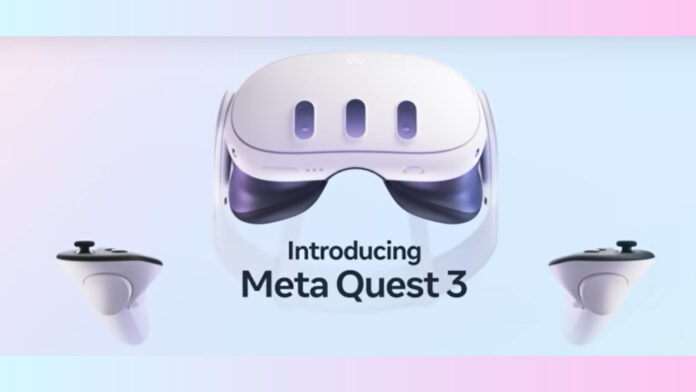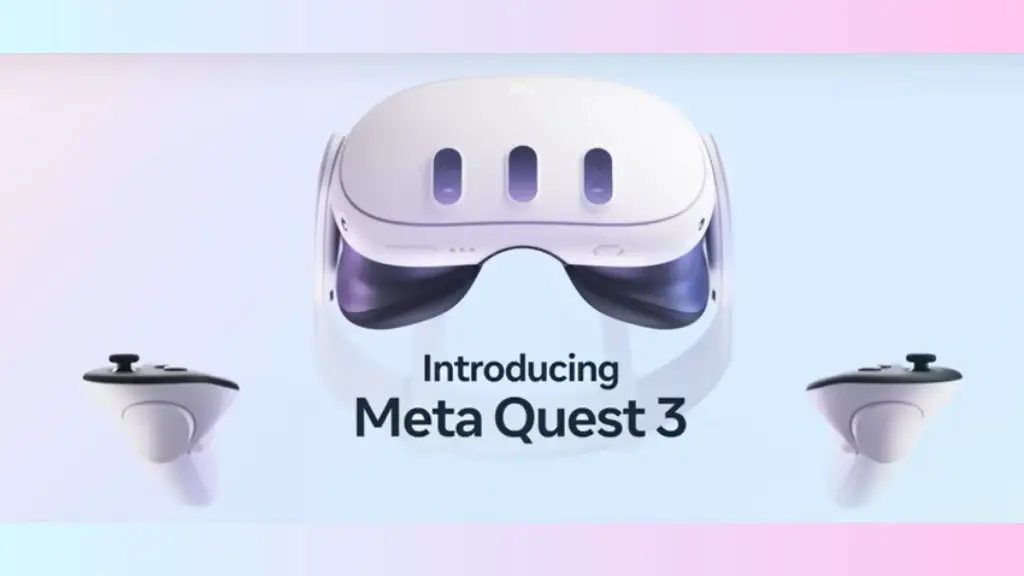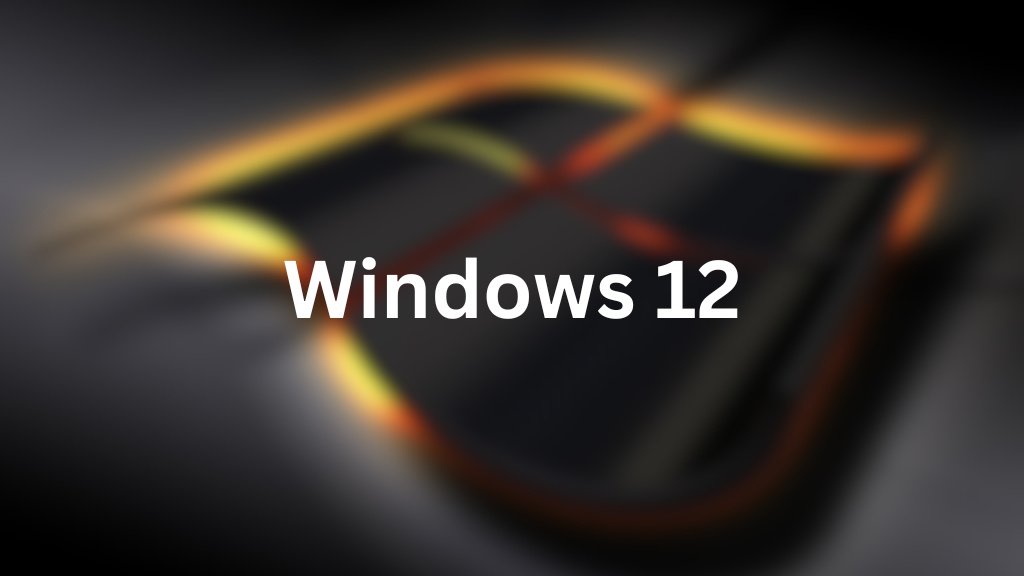Meta | Latest Quest 3 VR Headset | Virtual Reality Headset | Predecessor Quest 2
In a groundbreaking announcement, Meta (formerly known as Facebook) has officially unveiled its highly anticipated virtual reality (VR) headset, the Quest 3. Mark Zuckerberg himself took to Instagram to share the exciting news with the world. The Quest 3 promises to revolutionize the way we experience virtual reality, offering an array of new features and improvements over its predecessor, the Quest 2. Let’s dive deeper into the design, features, pricing, and future of VR as Meta pushes the boundaries of this immersive technology.
A Sleeker and More Comfortable Design
Meta’s engineers have worked tirelessly to create a headset that is both lightweight and comfortable. The Quest 3 boasts a “40 percent slimmer optic profile” compared to its predecessor, enhancing comfort during extended VR sessions. This sleek and ergonomic design aims to provide users with a more immersive and enjoyable experience, free from any distractions or discomfort.
Unleashing Unparalleled Graphics Performance
Under the hood, the Quest 3 houses a powerful new Snapdragon chip that delivers double the graphics performance of the Quest 2. This significant boost in processing power ensures smooth and realistic visuals, pushing the boundaries of what’s possible in the VR world. From captivating games to awe-inspiring virtual environments, Quest 3 promises to deliver an unparalleled level of immersion.
Seamless Compatibility and Price Cuts for Quest 2
Meta understands the value of its existing user base and their investments in VR content. To ensure a seamless transition, Quest 3 is fully compatible with Quest 2 games. This means that users can continue enjoying their favorite VR experiences without any disruptions or loss of progress. To make way for the new headset, Meta has also announced substantial price cuts for the Quest 2. Starting from June 4th, the 128GB version of the Quest 2 will be available for an enticing $299.99, while the 256GB version receives a substantial $80 price reduction, now priced at $349.99.
Software Updates: Elevating Performance and Visuals
Meta is committed to continuously improving the VR experience for its users. An upcoming software update for both the Quest 2 and the high-end Quest Pro will unleash increased CPU and GPU performance. This update will also introduce Dynamic Resolution Scaling, a cutting-edge technology that optimizes visual quality based on the demands of the content being rendered. These advancements promise a smoother, more immersive experience that will transport users even deeper into the VR realm.
Anticipation and Competition: Apple’s Entrance
The announcement of the Quest 3 comes at a pivotal moment in the VR landscape. Industry analysts and enthusiasts eagerly anticipate Apple’s long-rumored entry into the VR market, with the company expected to reveal its own mixed-reality headset soon. As Meta and Apple compete for dominance, the stage is set for a thrilling battle that will undoubtedly drive innovation and push the boundaries of what VR can achieve.
Insights from Bloomberg: A Glimpse into the Quest 3
Renowned tech journalist Mark Gurman from Bloomberg recently provided insights into the Quest 3 based on his hands-on experience with the device. He highlighted the three new sensor areas across the front of the headset, which distinguish it from previous iterations. These sensor areas house four cameras, two of which are full-color cameras, two standard cameras, and a single depth sensor. The inclusion of a depth sensor is particularly exciting as it has the potential to greatly enhance the headset’s augmented reality capabilities.
Introducing the Touch Plus Controllers: Immersive Interactions
Accompanying the Quest 3 are the all-new Touch Plus controllers, which feature TruTouch haptics for a heightened sense of touch in virtual environments. These controllers have undergone a redesign, omitting the rings previously used for positional tracking. Although specific details about the sensor setup were not disclosed in the announcement, the presence of the depth sensor suggests seamless integration between the controllers and the headset, ensuring a truly immersive and intuitive experience.
The Quest 3: Opening Doors to the Future
Meta’s dedication to innovation in VR technology is evident with the Quest 3. The sleek design, enhanced graphics performance, compatibility with existing games, and upcoming software updates demonstrate the company’s commitment to pushing the boundaries of what’s possible in VR. As the market evolves, enthusiasts eagerly await further details and demonstrations of the Quest 3 during Meta’s upcoming events, including the Meta Connect event scheduled for September 27th. The future of VR looks brighter than ever as Meta leads the way into a new era of immersive experiences.
Also Read: Windows Copilot: Redefining How We Interact with Our PCs through AI Technology
-

Jio Launches Affordable Voice-Only Plans in India – Starting at Just ₹99
-

Microsoft outage LIVE updates: Banks, airports, media outlets hit globally
-

How to Avoid Detection from Zombies and Players in DayZ




